There probably isn’t a more iconic or lethal combat knife in the military today, than the WWII V42 Fighting Knife. The United States Special Forces can trace their lineage and beginnings directly to the First Special Service Force (FSSF), an elite “commando unit” that would operate behind enemy lines during WWII. Indeed the V42 would come to be an enduring symbol for the FSSF and the Army special forces to this day. The FSSF had a requirement for a special type of fighting knife. The knife envisioned by its commander, LTC Robert T. Frederick, was actually a group effort among his staff for the perfect fighting blade. The unit’s close quarters combatives instructor, the legendary Dermot Michael “Pat” O’Neill, suggested the blade profile. O’Neill had given great thought to the needs of the FSSF as it related to close quarters combat.
On the battlefield, the V42 knife had but one purpose, to neutralize the threat, to terminate the enemy. The V-42 was a 7 5/16 inch blued stiletto blade, it had an overall length of 12 inches. The handle was made of finely serrated leather washers and the pommel ended in a short point for use as a “skull crusher.” A section on the rear of the blade near the blade shoulder was serrated for use as a thumb rest. The thumb rest would aid in aligning the blade during a thrust.
The V-42 was issued with a leather scabbard about 20 inches in length, tied at the bottom around the lower thigh. The length of the scabbard allowed the knife to hang below long parkas so it would not be covered and could be quickly accessible. Indeed the location of the V42 strapped to and resting on the thigh made it not only very accessible but quickly drawn practically from any position, kneeling with either knee down, from a crouch or on the ground.
In 2003 a long in-depth article was published in Journal of Asian Martial Arts entitled “Dermot M. O’Neill: One of the Twentieth Century’s Most Overlooked Pioneers” written by Steve Brown. A condensed version of Brown’s article has been available circulating on the internet for years and has been copied and pasted on numerous combatives related websites…. As a result of his interest, research and article, Steve Brown met and trained with Frank Florence and learned even more about the man, Dermot “Pat” O’Neill, and his fighting method.
Frank Florence had been O’Neill’s right-hand man and assistant instructor beginning with O’Neill’s time as a combatives instructor at Hurlburt Air Force Base. Their relationship and combatives instruction would continue long after both men left Hurlburt. Florence would end up assisting O’Neill at teaching combatives at Quanitco as well as various Law enforcement agencies all over the country. Steve has been more than gracious in sharing and relaying to me what he had learned and picked up directly from Frank Florence. One of the many things Steve shared with me was insight into O’Neill’s knife method and the principle(s) behind it, information that he had gotten directly from Frank Florence.
For any military combatant to be effective with the knife, they must have a realistic system of using the knife. O’Neill’s objectives in training military men in hand to hand combat were to turn out, in the shortest possible time, trained dangerous fighters, confident in their ability to deal effectively with anything they would come up against on the battle field, behind enemy lines, etc. It was also imperative that O’Neill’s methods instill a mercenary mindset, the killer instinct. A sole objective to quickly disable, maim or kill the enemy, in other words, NEUTRALIZE the threat.
One of the real gems in O’Neill’s system is a brilliant quick-learn method of using the knife (V-42). O’Neill’s genius is partly demonstrated by the natural manner in which he laced this knife method into the unarmed H2H he taught. When unarmed, the combatant uses the lead hand to strike. When O’Neill taught the First Special Service Force there was minimum complexity and a very natural connection between armed and unarmed H2H techniques.
THE STANCE
One assumes a side-on stance facing the opponent. Feet are about shoulder width or slightly more apart, body-weight evenly distributed over both feet. You are literally side facing the opponent, your rearmost foot directly in line with your foremost foot. (This stance is basic to the O’Neill Method and is the stance assumed when unarmed.) The lead hand is held approximately face height (palm in), and the rearmost hand is held approximately chest height (palm facing chest).
The same stance is assumed with the knife, but when armed with a knife the lead hand holds the weapon in a firm grip, pointing at the face of the adversary.
THE KNIFE THRUST
The lead hand thrusts straight out at the adversary’s eyes much like a quick snappy jab in boxing. Frank Florence described the action to Steve Brown as more a flicking or whipping action. Holding a V42 in my hand I well understand why it was taught that way.
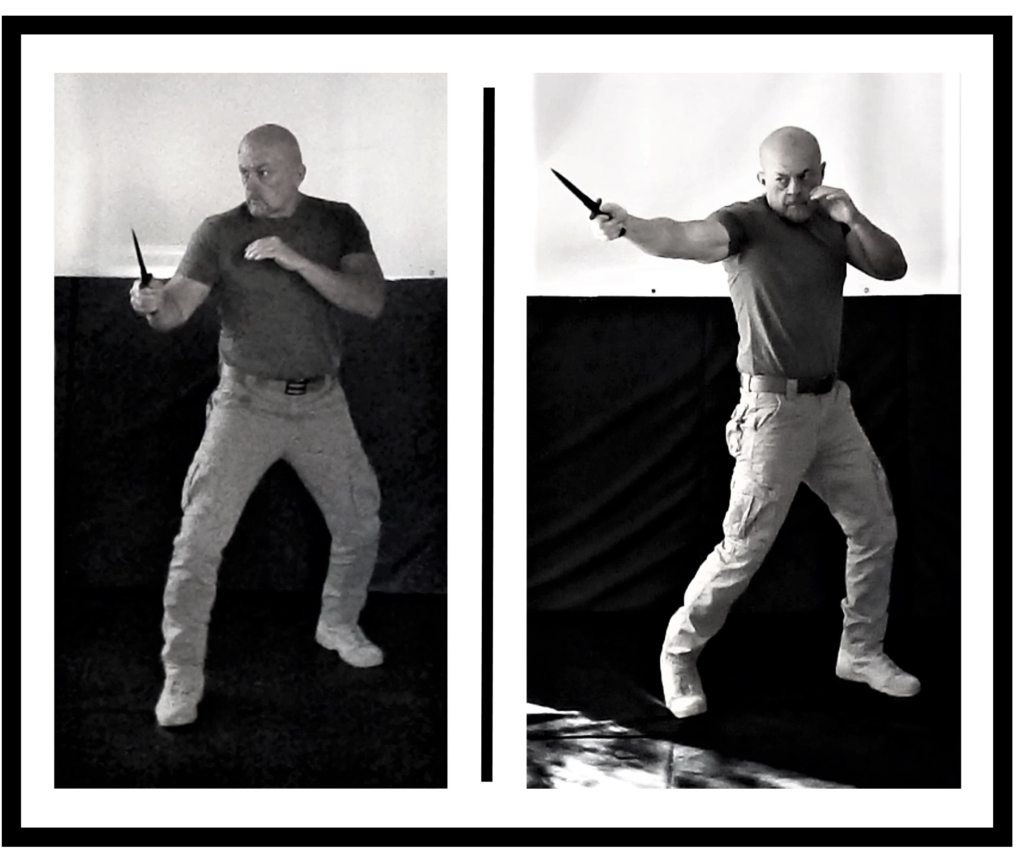
O’Neill’s knife technique, whether it is successful or not in stabbing into the enemy, was immediately followed by a “side kick”. This kick, as O’Neill taught it, was actually more of a front kick action, kind of a flick kick, delivered with the lead leg while side-on to the enemy. Target for the kick was normally the groin…. the old “O’Neill to the Nuts”.
VARIATION:
If the opponent is facing you in a side-on type stance, then you would throw a pivot kick . If the stab connects, the kick would further set up the enemy for closing and dispatching him with further stabs to vital areas. If the stab failed to connect, then the kick automatically disorients the enemy so that additional stabbing is possible, followed by another kick, etc.
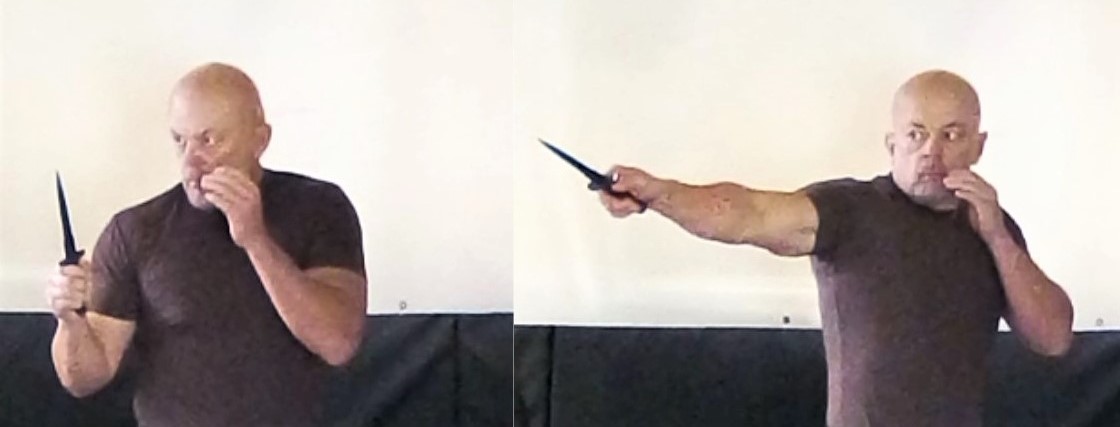
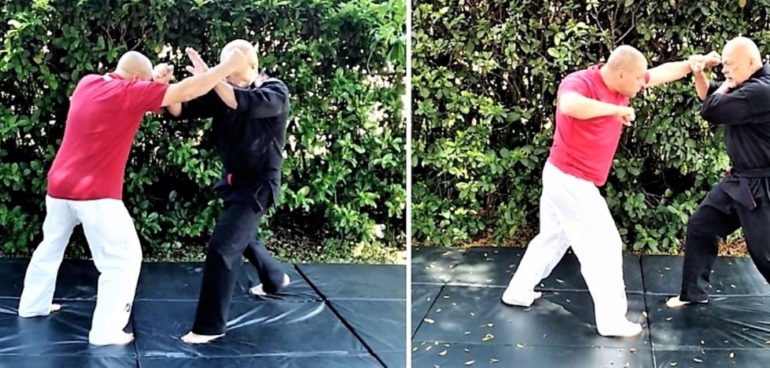
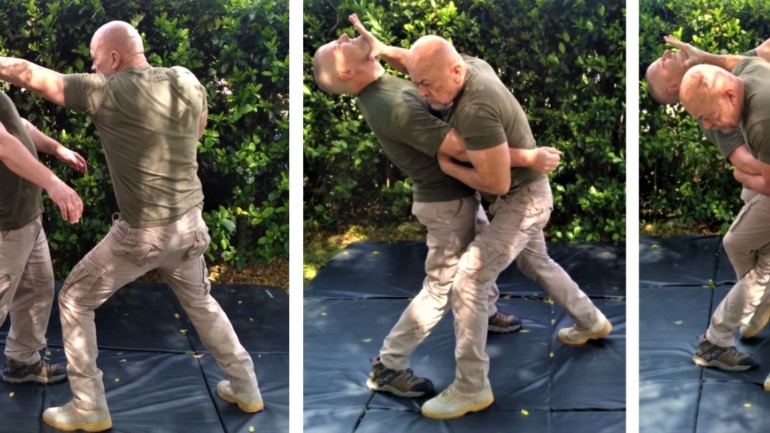
1 Comment
full hd izle
Very good post! We will be linking to this great content on our site. Keep up the great writing. Sarah Pauly Thom